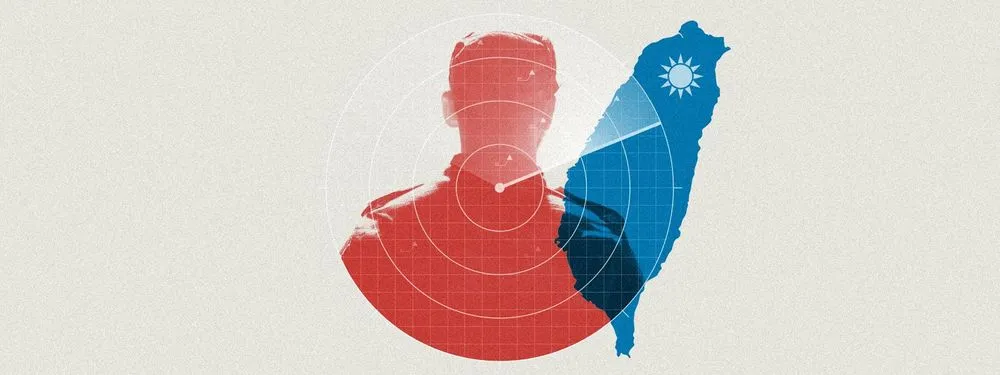Speeding Toward Taiwan: China’s Amphibious Armored Vehicles Development

China’s military and defense industry have prioritized the development of amphibious armored vehicles with high water speed (HWS) capabilities in preparation for potential Taiwan invasion scenarios. Following the successful development of the Type-05 family of HWS amphibious armored vehicles in the early 2000s, China’s military and defense industry have continued to develop amphibious armored vehicles with new or improved capabilities, maintaining their focus on HWS. The People’s Liberation Army (PLA) very likely believes that such vehicles would be instrumental in securing beachheads and ensuring the success of initial landing operations during an invasion of Taiwan.
The Type-05
In 2009, China publicly unveiled the Type-05 amphibious armored vehicle, recognized as the world's fastest, with water speeds reported between 27 and 45 kilometers per hour. The Type-05 family includes variants designed for different battlefield roles, such as assault, infantry fighting, command, reconnaissance, medical, and obstacle-clearing. Both the PLA Army (PLAA) and the PLA Navy Marine Corps (PLANMC) utilize these vehicles, though the PLAA would likely operate the majority in a large-scale operation against Taiwan.
Continuous Development and Innovation
Since the Type-05’s introduction, China has continued to develop new variants of existing vehicles and entirely new amphibious armored vehicles. Open-source reporting, our analysis of over 100 patents filed between 2014 and 2023, and procurement data reveal a consistent effort to increase water speeds. Engineers in China have also sought to streamline transitions between water and land, optimize maintenance, reduce corrosion, increase land mobility, and improve operational safety, among other areas of interest. In recent years, prototypes and experimental tests have reportedly achieved water speeds of 50 kilometers per hour or faster.
Operational Challenges
The PLA very likely views joint island landing campaigns as contests of speed, requiring rapid and continuous assaults to establish defensible beachheads. This perspective drives the PLA’s prioritization of HWS amphibious armored vehicles. The development of the Type-05 required novel solutions to various technical challenges, such as designing dynamically adjustable bow and (possibly) stern flaps to generate lift and reduce water resistance.
However, the effectiveness of these vehicles in a Taiwan invasion scenario is not guaranteed. The PLAN’s sealift capacity, weather conditions, the sea state in the Taiwan Strait, and Taiwan’s geography pose significant challenges. Current estimates suggest the PLAN cannot generate enough sealift for the number of vehicles operated by the PLAA’s amphibious combined arms brigades, and supplementing the PLAN’s fleet with PLAA landing craft and civilian merchant vessels would very likely create additional challenges.
Outlook
China’s defense industry will almost certainly continue researching and developing amphibious armored vehicles, with HWS remaining a priority. This ongoing development will very likely include incremental improvements to existing vehicles and the introduction of new variants. Despite these vehicles' advanced capabilities, external factors such as limited sealift capacity and challenging geographic conditions may diminish their operational effectiveness.
China's development of amphibious armored vehicles, particularly the Type-05, demonstrates significant advancements in military technology aimed at enhancing the PLA's capabilities in potential invasion scenarios of Taiwan. For defense planners in Taiwan, the United States, and other concerned countries, it is essential to monitor China’s advancements in amphibious armored vehicles. Understanding these developments can inform preparations and strategies to counter potential cross-strait invasion scenarios.
The author, Zoe Haver, thanks Joshua Arostegui and Jake Vartanian of the US Army War College’s China Landpower Studies Center for their generous support.
To read the entire analysis, click here to download the report as a PDF.
Related News & Research



